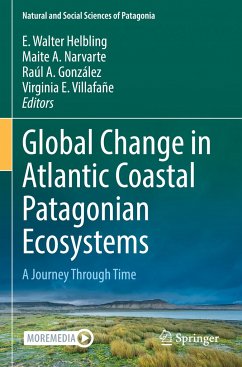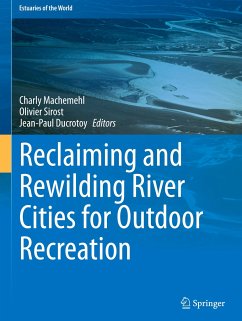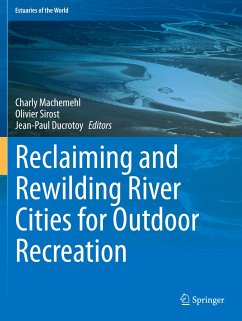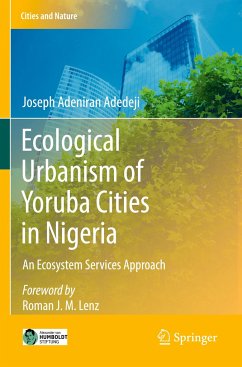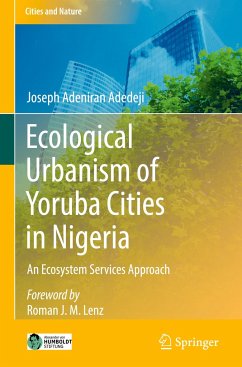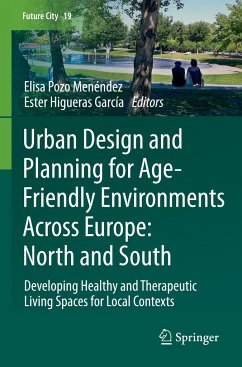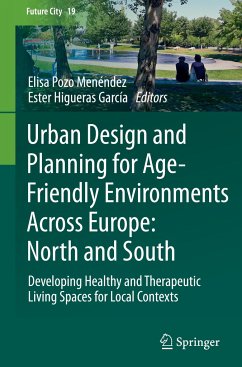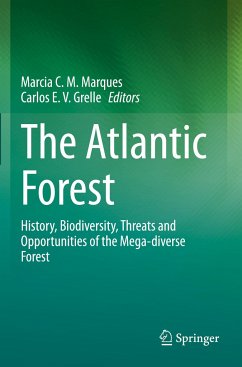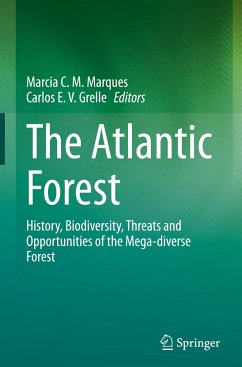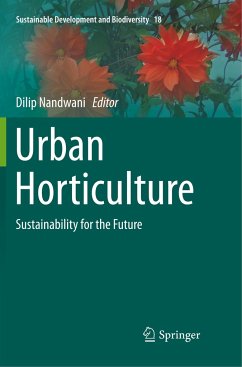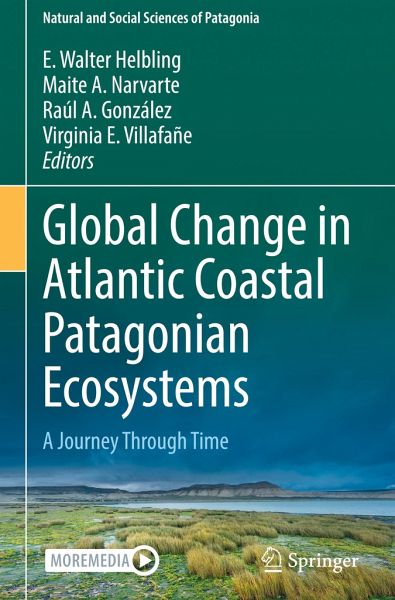
Global Change in Atlantic Coastal Patagonian Ecosystems
A Journey Through Time
Herausgegeben: Helbling, E. Walter; Narvarte, Maite A.; González, Raul A.; Villafañe, Virginia E.

PAYBACK Punkte
57 °P sammeln!
This book provides an integrated view of Atlantic coastal Patagonian ecosystems, including the physical environment, biodiversity and the main ecological processes, together with their derived ecosystem services and anthropogenic impacts. It focuses on the key components of the aquatic ecosystem, covering the lower levels (plankton) to the top predators like large mammals and birds, before turning to human beings as consumers and shapers of coastal marine resources. The book then presents an overview of how organisms that constitute the aquatic food webs have changed through time and how they ...
This book provides an integrated view of Atlantic coastal Patagonian ecosystems, including the physical environment, biodiversity and the main ecological processes, together with their derived ecosystem services and anthropogenic impacts. It focuses on the key components of the aquatic ecosystem, covering the lower levels (plankton) to the top predators like large mammals and birds, before turning to human beings as consumers and shapers of coastal marine resources. The book then presents an overview of how organisms that constitute the aquatic food webs have changed through time and how they likely will soon change due to global change processes and anthropogenic pressures. In this regard it offers a wealth of information such as long-term patterns in physical / atmospheric processes, biodiversity and the distribution of marine organisms, as well as the results of experimental studies designed to understand their responses under future scenarios shaped by both climate change andanthropogenic pressures. The book also covers various aspects of the past, present and potential future relationship of human beings with Patagonian coastal environments, including the utilization of sea products, tourism, and growth of cities.



